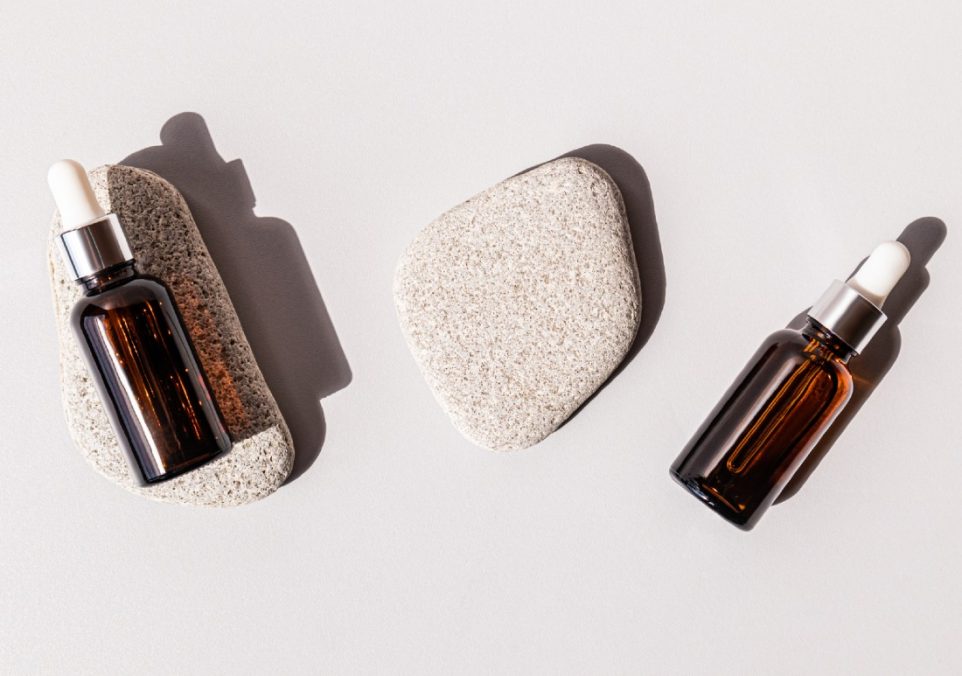Can You Use Hyaluronic Acid and Retinol Together?

In the realm of skincare, both hyaluronic acid and retinol have gained significant popularity for their remarkable benefits. Hyaluronic acid is a hydrating powerhouse, known for its ability to plump and moisturize the skin, while retinol is a potent ingredient renowned for its anti-aging, skin smoothing properties. With each ingredient offering unique advantages, many people wonder whether it’s safe and effective to use hyaluronic acid and retinol together at the same time.
And in this short article, we’ll delve into the compatibility of these two skincare ingredients and provide insights on how to incorporate them into your skincare routine for optimal results.
Understanding Hyaluronic Acid and Retinol
Hyaluronic acid is a naturally occurring substance found in our skin that helps maintain hydration and promote a supple, youthful appearance. It has the exceptional ability to hold up to 1,000 times its weight in water, making it an excellent moisturizer. A hyaluronic acid serum works by attracting and retaining moisture, creating a plumping effect that reduces the appearance of fine lines and wrinkles.
On the other hand, retinol is a derivative of vitamin A and a powerful anti-aging ingredient. It enhances cell turnover, stimulates collagen production, and improves skin texture, resulting in reduced wrinkles, fine lines, and improved skin tone. Retinol also helps address concerns such as acne, hyperpigmentation, and uneven texture.
Can You Use Hyaluronic Acid and Retinol Together?
The good news is that hyaluronic acid and retinol are generally safe to use together and can actually complement each other’s benefits when you incorporate them correctly into your skincare routine. However, it’s essential to consider a few factors for optimal results:
Layering Order
To ensure compatibility, it’s crucial to apply these ingredients in the right order. If you’re just starting retinol or using a higher concentration, it’s better to start by applying hyaluronic acid to freshly cleansed, damp skin. This will allow the hyaluronic acid to draw in and lock in moisture effectively. Once the hyaluronic acid absorbs, follow up with retinol. Applying retinol on top of hyaluronic acid helps to mitigate potential dryness or irritation that retinol may cause.
Of course, if your skin doesn’t have a problem with retinol, or you’re a long-term user, you can apply the retinol first for more potency.
Gradual Introduction
If you are new to using retinol, introduce it gradually into your skincare routine. Start by using retinol once or twice a week and gradually increase the frequency as your skin becomes more accustomed to it. This will allow your skin to adjust and minimize the potential for irritation or sensitivity that may occur.
Moisturize
Both hyaluronic acid and retinol have the potential to cause dryness (for different reasons. This is why it’s best to apply hyaluronic acid to damp skin as this prevents it from taking moisture from the deeper layers of your skin. You’ll also want to end your routine with a moisturizer to lock in the hydration and replenish the skin’s moisture barrier. Look for a moisturizer that suits your skin type and provides nourishment and hydration. Creams with ceramides can be especially helpful for those with a damaged skin barrier or dried-out skin.
Sun Protection
Retinol can increase the skin’s sensitivity to the sun, making it even more crucial to incorporate broad-spectrum SPF 30 or more sunscreen into your daily routine. Protecting your skin from harmful UV rays is essential to prevent sun damage and maintain the benefits of hyaluronic acid and retinol. This is also why it’s recommended to apply your retinol at night instead of the morning.
Important Considerations
It’s important to note that everyone’s skin is unique, and individual reactions to skincare products can vary. While hyaluronic acid and retinol are generally safe to use together, some individuals with particularly sensitive skin may experience irritation or dryness. If you notice any adverse reactions, such as redness, flaking, or excessive dryness, it’s recommended to reduce the frequency of retinol use or consult with a dermatologist. They can provide personalized recommendations based on your skin type and specific concerns, ensuring that you achieve the best possible results while maintaining skin health. And remember, consistency and patience are key when incorporating new skincare ingredients into your routine!
Conclusion
Incorporating hyaluronic acid and retinol together in your skincare routine can provide a powerful combination of hydration and anti-aging benefits. When you use them together correctly, hyaluronic acid and retinol can work synergistically to provide optimal skincare results.